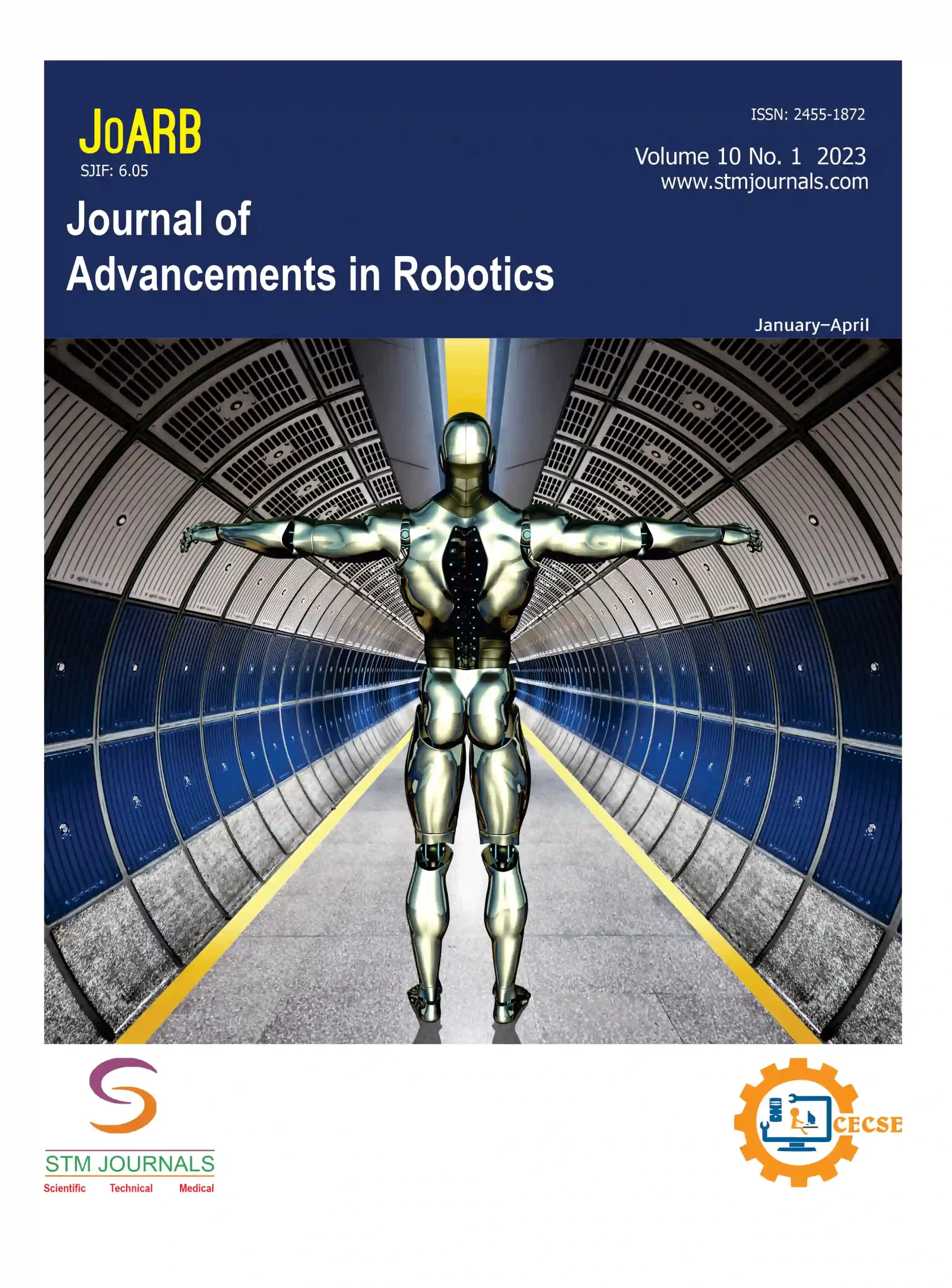
Himanshu Vinay Kumar Singh,

Himanshu Pradeep Singh,
- Research Scholar MCA, Thakur Institute of Management Studies, Career Development & Research (TIMSCDR), Mumbai Maharashtra India
- Research Scholar MCA, Thakur Institute of Management Studies, Career Development & Research (TIMSCDR), Mumbai Maharashtra India
Abstract
The continued evolution of combat technology is examined in this research study, which also discusses recent trends, historical developments, and possible future developments in this important area. Throughout history, the quest for military superiority has propelled considerable advancements in warfare technology. This study provides a succinct examination of this evolutionary process, shedding light on historical turning points, modern cutting-edge technologies, and expected future developments in combat. Important advances in the field of military technology have occurred in the past, including the development of gunpowder, the industrialization of combat in World Wars I and II, and the use of nuclear weapons during the Cold war. These discoveries had a profound effect on civilian life in addition to changing the character of conflict. An outline of modern combat technology is provided in this section, with particular attention to developments in cyber warfare, unmanned aerial vehicles, artificial intelligence, and precision- guided bombs. The emphasis of the modern age is on cutting-edge technology, emphasizing information superiority and blurring the boundaries between conventional and unconventional combat. Future developments in warfare technology, such as directed energy systems, quantum computers, hypersonic weapons, and autonomous technologies, are discussed in this section. The battlefield is about to change as a result of these advancements, which presents opportunities and difficulties for military strategy and policy. Ethical, legal, and strategic issues are discussed throughout the paper, highlighting the significance of making ethical decisions when utilizing these technologies. In order to control the development of war technology, the possibility of international cooperation and arms control agreements is also explored. Through an analysis of war technology’s past, present, and future, this research emphasizes the importance of making wise decisions in this rapidly changing field and advances our understanding of how technological innovation affects armed conflict and the global landscape.
Keywords: war technology; cyber warfare; artificial intelligence; unmanned aerial vehicles; precision- guided munitions; quantum computing; autonomous systems; directed energy weapons
[This article belongs to Journal of Advancements in Robotics(joarb)]
References
- StratUs Insights. Top 10 Military Technology Trends & Innovations for 2024. [Online]. Updated February 2024. Available at https://www.startus-insights.com/innovators-guide/top-10-military-technology-trends-2022/
- Sengupta A. Evolution of warfare with technology. [Online]. Defence Research and Studies. March 20, 2021. Available at https://dras.in/evolution-of-warfare-with-technology/
- Chin W. Technology, war and the state: past, present and future. Int Affairs. 2019; 95 (4): 765–783.
- Currie C, Epstein I, Malenfant D, Wardrop C. The evolution of war: how AI has changed the military weaponry and technology. [Online]. MAIEI. May 22, 2022. Available at https://montrealethics.ai/the-evolution-of-war-how-ai-has-changed-military-weaponry-and-technology/
- Wright MD, Paszek LJ, eidtors. Science, Technology, and Warfare. Proceedings of the Third Military History Symposium, United States Air Force Academy May 8–9, 1969. Washington, DC, USA: US Government Printing Office; 1969.
- McNeill WH. The Pursuit of Power. Chicago, IL, USA: University of Chicago Press; 1982.
- Kremer M. Technological change: one million B.C. to 1990. Q J Econ. 1993; 108 (3): 681–716.
- McNeill WH. The Rise of the West. New York, NY, USA: New American Library; 1963.
- Cipolla, CM. Guns, Sails, and Empires: Technological Innovation and the Early Phases of European Expansion, 1400–1700. Manhattan, KS, USA: Sunflower University Press; 1988.
- Kranzberg M, Pursell CW Jr, editors. Technology in Western Civilization. 2 volumes. New York, NY, USA: Oxford University Press; 1967.
- Morison EE. Men, Machines, and Modern Times. Cambridge, MA, USA: MIT Press; 1966.
- Reingold N. US Patent Office records as sources for the history of invention and technological property. Technol Culture. 1959; 1: 156–167.
- Daniels G. The big questions in the history of American technology. Technol Change. 1970; 11:
1–21. - Allison G. Destined for War: Can America and China Escape Thucydides’s Trap? New York, NY, USA: Houghton Mifflin Harcourt; 2017.
- Auslin M. Duterte’s defiance: his threat to upend Washington’s pivot to Asia. [Online]. Foreign Affairs. November 2, 2016. Available at https://www.foreignaffairs.com/articles/philippines/2016-11-02/dutertes-defiance

Journal of Advancements in Robotics
| Volume | 11 |
| Issue | 01 |
| Received | February 29, 2024 |
| Accepted | March 28, 2024 |
| Published | April 5, 2024 |

